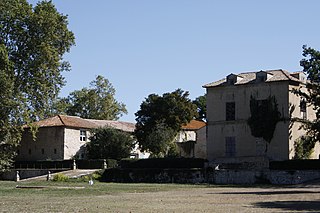20 Sights in Aix-en-Provence, France (with Map and Images)
Legend
Premium Sights
Book tickets, guided tours and activities in Aix-en-Provence.
Guided Free Walking Tours
Book free guided walking tours in Aix-en-Provence.
Welcome to your journey through the most beautiful sights in Aix-en-Provence, France! Whether you want to discover the city's historical treasures or experience its modern highlights, you'll find everything your heart desires here. Be inspired by our selection and plan your unforgettable adventure in Aix-en-Provence. Dive into the diversity of this fascinating city and discover everything it has to offer.
Sightseeing Tours in Aix-en-ProvenceActivities in Aix-en-Provence1. Parc de Grassi
Aquæ Sextiæ is the Latin name for Aix-en-Provence. The first Roman city on the territory of present-day France, this city was founded in 122 BC. by the Roman consul Gaius Sextius Calvinus following an expedition against the oppidum of Entremont, the Salyan capital. Benefiting in the first decades from an architecture very similar to that of Entremont, it was not until the first century that Aquæ Sextiæ was given a typically Roman design, consisting of a cardo and a decumanus which gave it an orthogonal plan. A forum stands in its center, while a basilica dominates the northern part of the city.
2. Cathédrale Saint-Sauveur
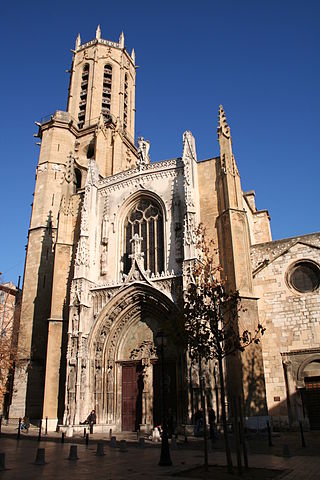
Aix Cathedral in Aix-en-Provence in southern France is a Roman Catholic church and the seat of the Archbishop of Aix-en-Provence and Arles. The cathedral is built on the site of the 1st-century Roman forum of Aix. Built and re-built from the 12th until the 19th century, it includes Romanesque, Gothic and Neo-Gothic elements, as well as Roman columns and parts of the baptistery from a 6th-century Christian church. It is a national monument of France.
3. Institut d'études politiques
Sciences Po Aix, also referred to as Institut d'Études Politiques d'Aix-en-Provence, is a Grande École of political studies located in Aix-en-Provence, in the South of France. It is associated with Aix-Marseille University and is part of a network of ten Institut d'études politiques, also known as IEP's.
4. Église Saint-Jean-de-Malte
The Church of St. John in Aix-en-Provence, situated at the corner of rue d'Italie and rue Cardinale, is a Gothic Roman Catholic church, the first in Provence. It was built in the 13th century, mostly in the 1270s.
5. Pont de Saint-Pons
The Saint-Pons Bridge is a road bridge over the Arc River at a place called Saint-Pons, west of Aix-en-Provence (Bouches-du-Rhône). Built at the beginning of the fourteenth century, it was widened in the middle of the eighteenth century, and is still in use.
6. Château de la Gaude
The Pinchinats district is a rural district located in the north-east of the city of Aix-en-Provence, part of the canton of Aix-en-Provence-Nord-Est. It takes its name from the Provençal penchinats, designating the combing workshops that were established there in the Middle Ages. These workshops required abundant and pure water. The Pinchinats valley is considered the "water tower of the city of Aix" and has long been a place where the city-dwellers of Aix came to seek coolness in summer, considering this valley to be "the most pleasant stay in the Aix countryside". The district is known for being home to beautiful bourgeois residences, including the Château de la Mignarde, which has an important history.
7. Chapelle Notre-Dame de Consolation, dite chapelle Saint-Jacques ou de l'Hôpital
The Notre-Dame de la Consolation chapel is listed as a historical monument by prefectural decree of November 3, 1987. It is located along Avenue Philippe Solari in Aix-en-Provence, completely enclosed in the buildings of the Saint-Jacques Hospital, in the Bouches-du-Rhône department and in the Provence-Alpes-Côte d'Azur region. The city of Aix-en-Provence owns it.
Wikipedia: Chapelle Notre-Dame-de-Consolation d'Aix-en-Provence (FR)
8. Hôtel de Gantès
The Hôtel de Gantès is a listed hôtel particulier in Aix-en-Provence. Built in 1660, it was home to a private members' club until the French Revolution of 1789, when two aristocratic members were murdered by revolutionaries. Since the 1840s, it has been home to the world-famous café, Les Deux Garçons, a haunt of artists, writers and celebrities.
9. Théâtre du Jeu de Paume
The Jeu de Paume Theatre is a 493-seat Italian-style theatre located on rue de l'Opéra in Aix-en-Provence. Built from 1756, it hosts many theatrical performances all year round. The room has been listed in the Supplementary Inventory of Historic Monuments since 1981.
10. Oppidum d'Entremont
Entremont is a 3.5-hectare (8.6-acre) archaeological site three kilometres from Aix-en-Provence at the extreme south of the Puyricard plateau. In antiquity, the oppidum at Entremont was the capital of the Celtic-Ligurian confederation of Salyes. It was settled between 180 and 170 B.C., somewhat later than the inhabitation of other oppida, such as Saint-Blaise. The site was abandoned when it was taken by the Romans in 123 B.C. and replaced by Aquae Sextiae, a new Roman city founded at the foot of the plateau. By 90 B.C., the former oppidum was completely uninhabited.
11. Hôtel de Châteaurenard
The Hôtel de Châteaurenard is a private mansion in Aix-en-Provence, located in the heart of the town of Saint-Sauveur, at the corner of rue des Brémondis and rue Gaston-de-Saporta, at number 19 of the latter.
12. Granet XXème - Collection Planque
The Chapel of the White Penitents of the Carmelites is a former chapel of the White Penitents, located on Place Jean-Boyer, south-east of the medieval city center of Aix-en-Provence. It dates from the seventeenth century. It has been listed as a historical monument since 1951.
13. Hôtel d'Olivary
The Hôtel d'Olivary, also known as the Hôtel Paradis or Hôtel de Silvacane or Revest-de-Montvert or Pignet-Guelton, is a private mansion located at 10 rue du Quatre-Septembre, in Aix-en-Provence (France).
14. Fontaine d'Eau Chaude
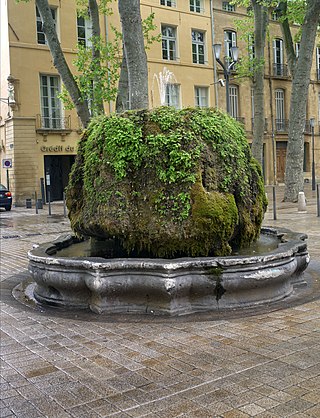
The hot water fountain, also known locally as a mossy fountain, is a thermal water fountain, located on the top of the Cours Mirabeau, in Aix-en-Provence, in the Bouches-du-Rhône department, Provence-Alpes-Côte d'Azur region, France.
15. Château de la Pioline
The Château de la Pioline is located in the commune of Aix-en-Provence in the Bouches-du-Rhône department. The old 14th-century Verdache mill, which has become a sumptuous 16th-century residence over the centuries, is currently a hotel and restaurant. The castle has been classified as a historical monument since January 20, 1976.
16. Hôtel Lieutaud
The Hotel Lieutaud is a private mansion located at 32, rue Cardinale, in the center of the Mazarin district of Aix-en-Provence, in the Bouches-du-Rhône department and the Provence-Alpes-Côte d'Azur region, in France.
17. Théâtre Nô
The Noh Theatre of Aix-en-Provence is a Noh stage located in the northwest corner of the Parc Saint-Mitre, in Aix-en-Provence, in the Bouches-du-Rhône, Provence-Alpes-Côte d'Azur region, France. It is the only example in the world of a traditional Noh theater outside Japan.
18. Grand Théâtre de Provence
The Grand Théâtre de Provence (GTP) is a venue located in the new Aix-en-Provence in district "Sextius Mirabeau". A symbol of the Aix region was used for the design of the volumes of this room: the Montagne Sainte-Victoire, recalled in particular by the stones of different colours on the outside.
19. Pavillon de Vendôme (ou de la Molle)
The Pavillon de Vendôme, also known as the Pavillon Vendôme or Pavillon de La Molle, is a former private mansion located in the city of Aix-en-Provence. It has two entrances: one at 34 rue Célony, and the other at 13 rue de la Molle. A French garden is attached to it. Since the 1990s, the Musée du Pavillon de Vendôme-Dobler has been home to exhibitions of contemporary art and photography, as well as numerous tourist visits .
20. Domaine du Grand-Saint-Jean
The Domaine du Grand-Saint-Jean is an estate located on the Puyricard plateau, in the commune of Aix-en-Provence. It includes a castle, a chapel and a sheepfold. Its construction began at the beginning of the eleventh century. It now belongs to the municipality of Aix-en-Provence.
Share
How likely are you to recommend us?
Disclaimer Please be aware of your surroundings and do not enter private property. We are not liable for any damages that occur during the tours.

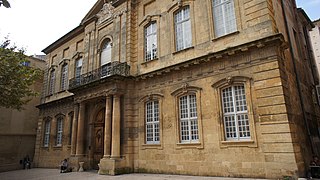
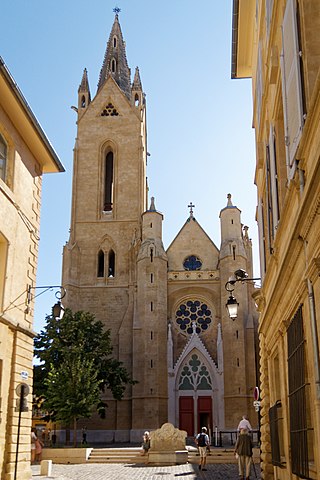
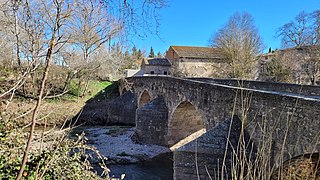
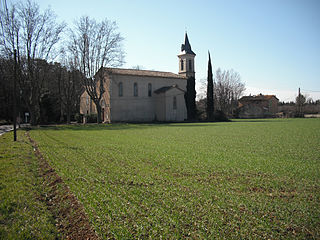
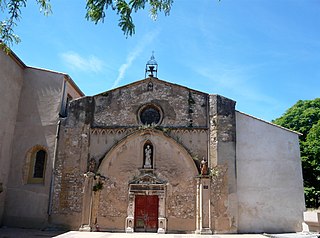
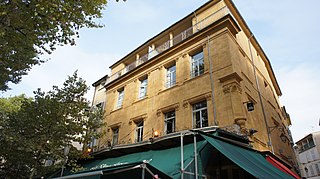
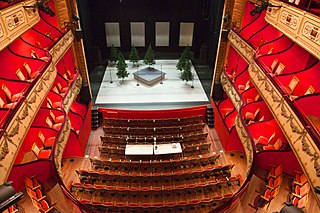
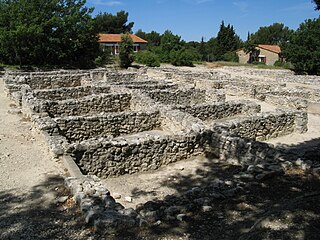
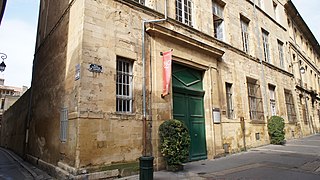
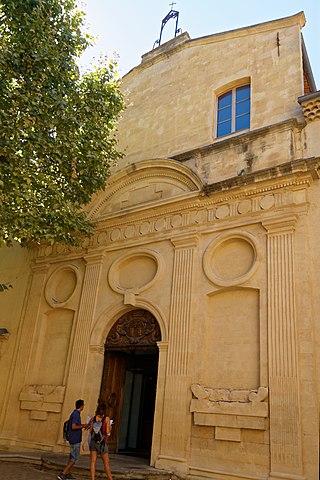

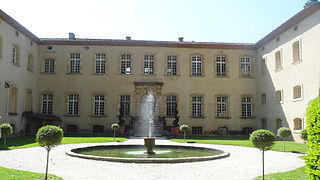
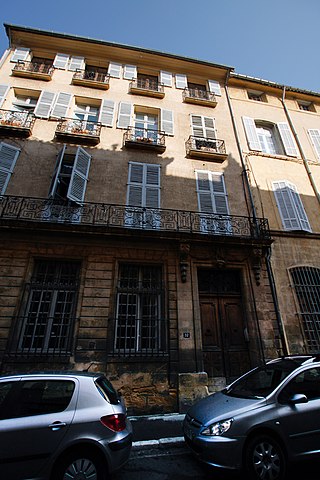
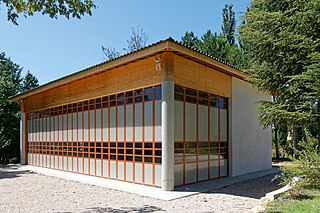
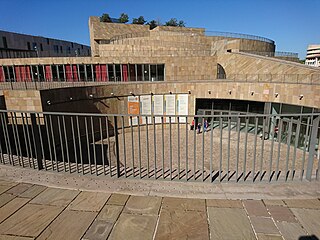
.jpg)
